Rising Incidence of SMA
The Spinal Muscular Atrophy (SMA) Treatment Market is significantly influenced by the rising incidence of SMA, which is estimated to affect approximately 1 in 10,000 live births. This increasing prevalence is prompting healthcare systems to prioritize SMA as a critical area for intervention. As more cases are diagnosed, the demand for effective treatments is expected to rise, leading to a robust market for SMA therapies. Furthermore, the identification of carriers through genetic screening programs is likely to contribute to early diagnosis and treatment initiation, further propelling the SMA Treatment Market. The growing patient population necessitates innovative solutions, thereby attracting investment and research into new therapeutic options.
Advancements in Genetic Research
The Spinal Muscular Atrophy (SMA) Treatment Market is witnessing a surge in advancements in genetic research, particularly in the development of gene therapies. These therapies, such as onasemnogene abeparvovec, have shown promising results in clinical trials, leading to increased interest from pharmaceutical companies. The potential to address the root cause of SMA by targeting the SMN1 gene is transforming treatment paradigms. As research continues to evolve, the market is likely to expand, with new therapies entering the pipeline. This innovation not only enhances treatment options but also raises awareness among healthcare providers and patients, thereby driving growth in the SMA Treatment Market.
Regulatory Support and Incentives
The Spinal Muscular Atrophy (SMA) Treatment Market benefits from favorable regulatory support and incentives aimed at accelerating the development of novel therapies. Regulatory bodies are increasingly recognizing the urgent need for effective SMA treatments, leading to expedited review processes and orphan drug designations. These initiatives not only facilitate quicker access to therapies for patients but also encourage pharmaceutical companies to invest in SMA research. The presence of such supportive frameworks is likely to enhance the attractiveness of the SMA Treatment Market, as companies are motivated to bring innovative solutions to market more rapidly. This regulatory environment fosters a competitive landscape, driving advancements in treatment options.
Growing Patient Advocacy and Support Groups
The Spinal Muscular Atrophy (SMA) Treatment Market is significantly shaped by the growing presence of patient advocacy and support groups. These organizations play a crucial role in raising awareness about SMA, educating the public, and advocating for research funding. Their efforts are instrumental in connecting patients with available treatments and clinical trials, thereby enhancing patient engagement in their own care. As these groups continue to expand their reach, they are likely to influence policy decisions and funding allocations, further driving the SMA Treatment Market. The collective voice of patients and families can lead to increased demand for innovative therapies, ultimately shaping the future landscape of SMA treatment.
Increased Investment in Rare Disease Research
The Spinal Muscular Atrophy (SMA) Treatment Market is experiencing a notable increase in investment directed towards rare disease research. As SMA is classified as a rare genetic disorder, it has garnered attention from both public and private sectors. Funding from government initiatives and non-profit organizations is being channeled into research and development of SMA therapies. This influx of capital is likely to stimulate innovation and accelerate the discovery of new treatment modalities. Additionally, partnerships between academic institutions and biotechnology firms are becoming more common, further enhancing the research landscape. The growing financial commitment to rare diseases is expected to bolster the SMA Treatment Market, leading to a wider array of therapeutic options for patients.


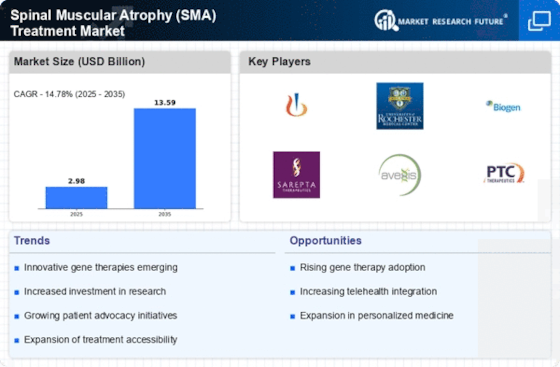
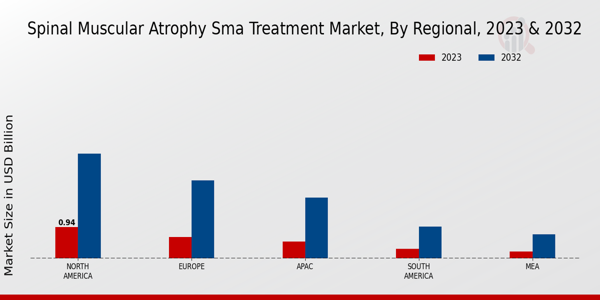
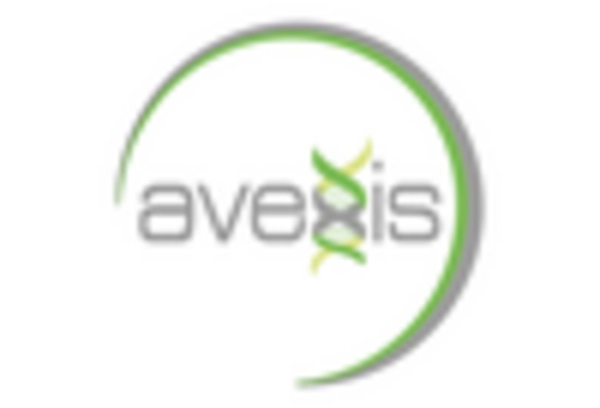
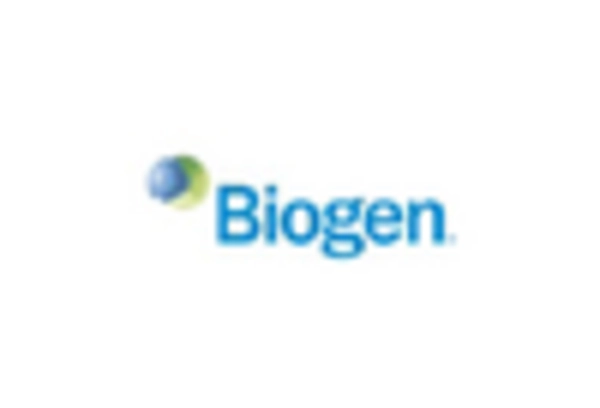

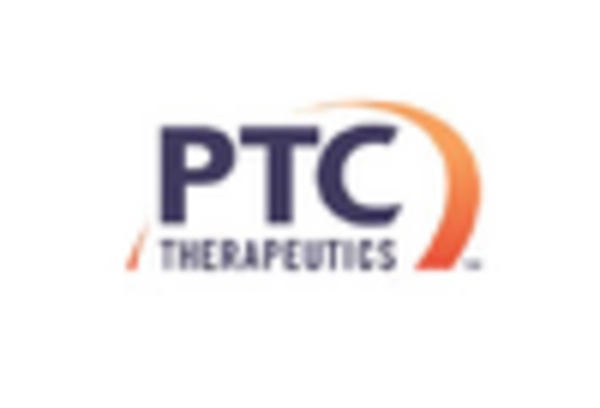

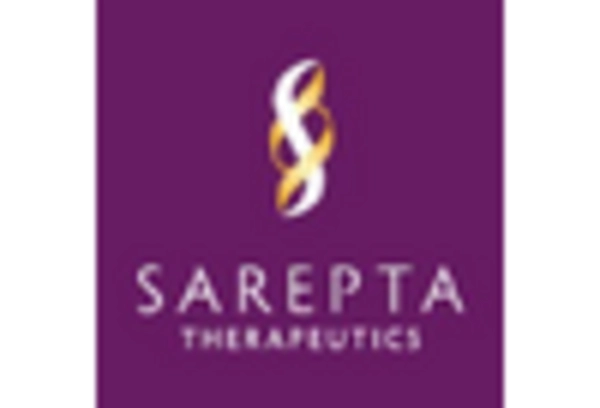








Leave a Comment